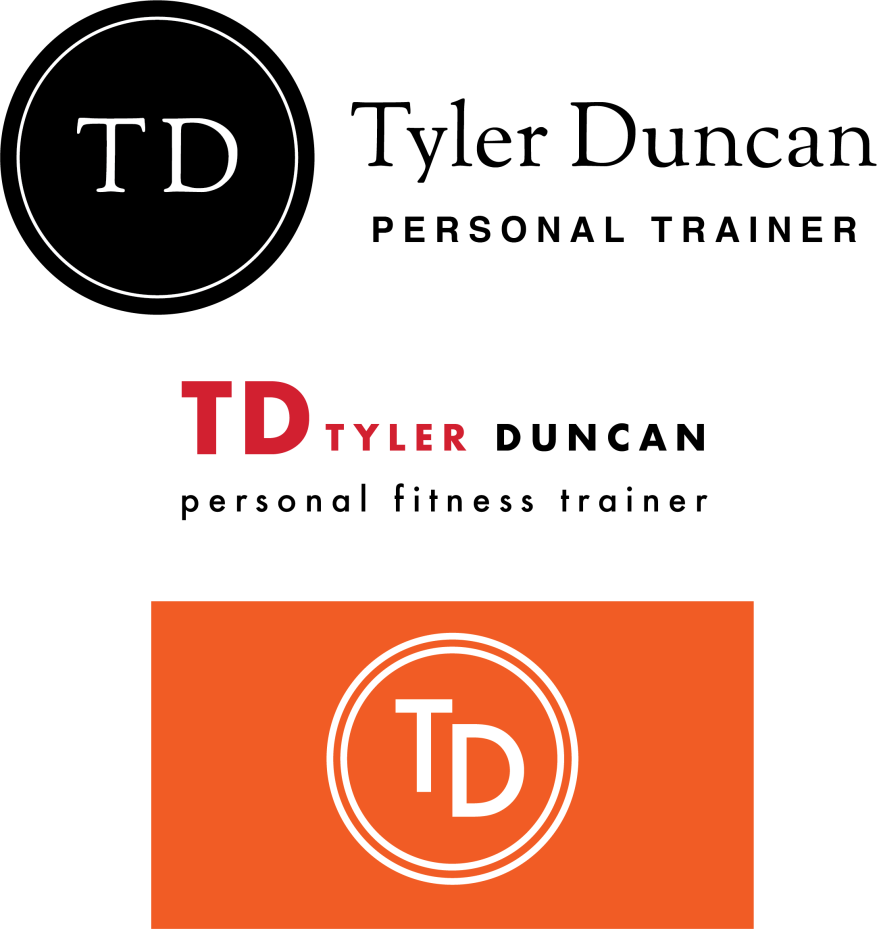Question 1
In your own words, describe the procedure of planning a fashion shoot. You don’t need to go into too much detail, a short outline will do.
- Inspiration
- Find a concept
- Create moodboards
- Create a storyboard
- Go location scouting
- Find the right model – meet the model
- Find hair & make up artist and stylist
- “Last minute prep”
What are the stylist’s duties?
To make sure the props and costumes are ok and are on location on time and that everything fits. They have to make sure the right accessories are used to the right cloths.
List your duties as photographer
Permission to shoot on the location. Make sure the lighting is ok and have all the equipment on site. And off course, make sure the model feels good about themselves.
What equipment would you take along on the Alice in Wonderland shoot that was featured in this module?
Camera, 35mm lens, reflector and diffuser, spare battery, light set
Find an editorial fashion spread in a fashion magazine. Explain what you think the concept was, what equipment they used and how the location affected the concept. Scan or photograph the shoot and hand it in along with your answer.
Question 2
Practical assignment
1. Watch the tutorial on Lynda.com: Douglas Kirkland on Photography: Editorial Assignment
- Plan a Snow White themed fashion shoot.
- Create a mood board for hair, make-up and fashion.
- Create a storyboard
- Create a shot list
- Create a timeline for the shoot day

 A courier company that delivers internationally by air, land and sea – their main focus is fast delivery.
A courier company that delivers internationally by air, land and sea – their main focus is fast delivery. An international insurance company that focuses on family values.
An international insurance company that focuses on family values.

 makes your name look sophisticated
makes your name look sophisticated





